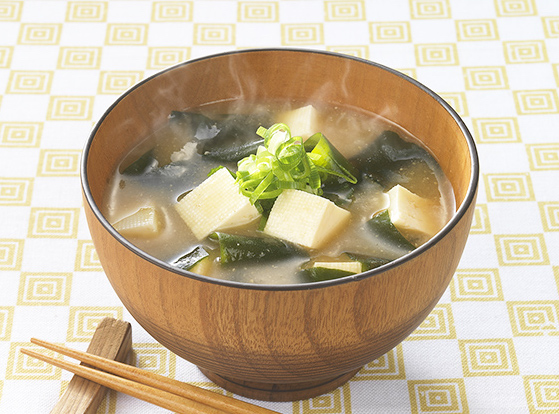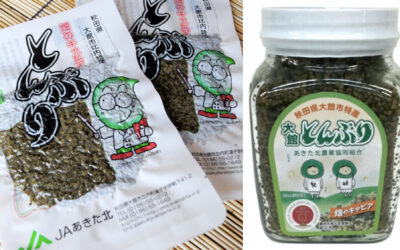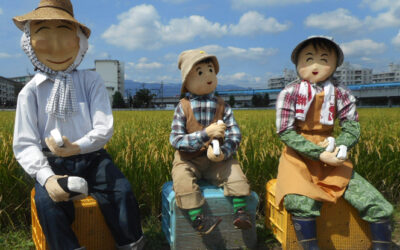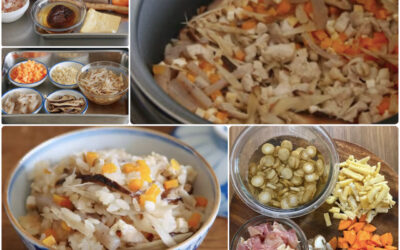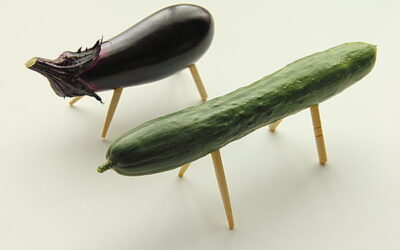
Kitchen Culture Cooking Club
EXPLORE and PRACTICE Japanese cooking in your own kitchenAbout Kitchen Culture Cooking Club
Welcome to the Kitchen Culture Cooking Club, a community space providing encouragement to those who want to EXPLORE and PRACTICE Japan’s washoku wisdom in their own kitchens.
To facilitate this, themed projects will be posted to this page periodically. Project Assignments and links to relevant reference material stored on this site will be posted to this page. Anyone, anywhere in the world, with a sincere interest in Japanese food culture is welcome to browse the contents of this page and then replicate the themed project in their own kitchen.
For those who wish to display-and-discuss their projects with like-minded people, I invite you to become a member of the KITCHEN CULTURE Cooking Club Facebook Group (formerly the TSUDOI Project), an interactive community space. If you are not already a member, please apply. Members are encouraged to post photos and a short description of what they make in their own kitchens in accordance with the chosen theme.
Project MISO SOUP
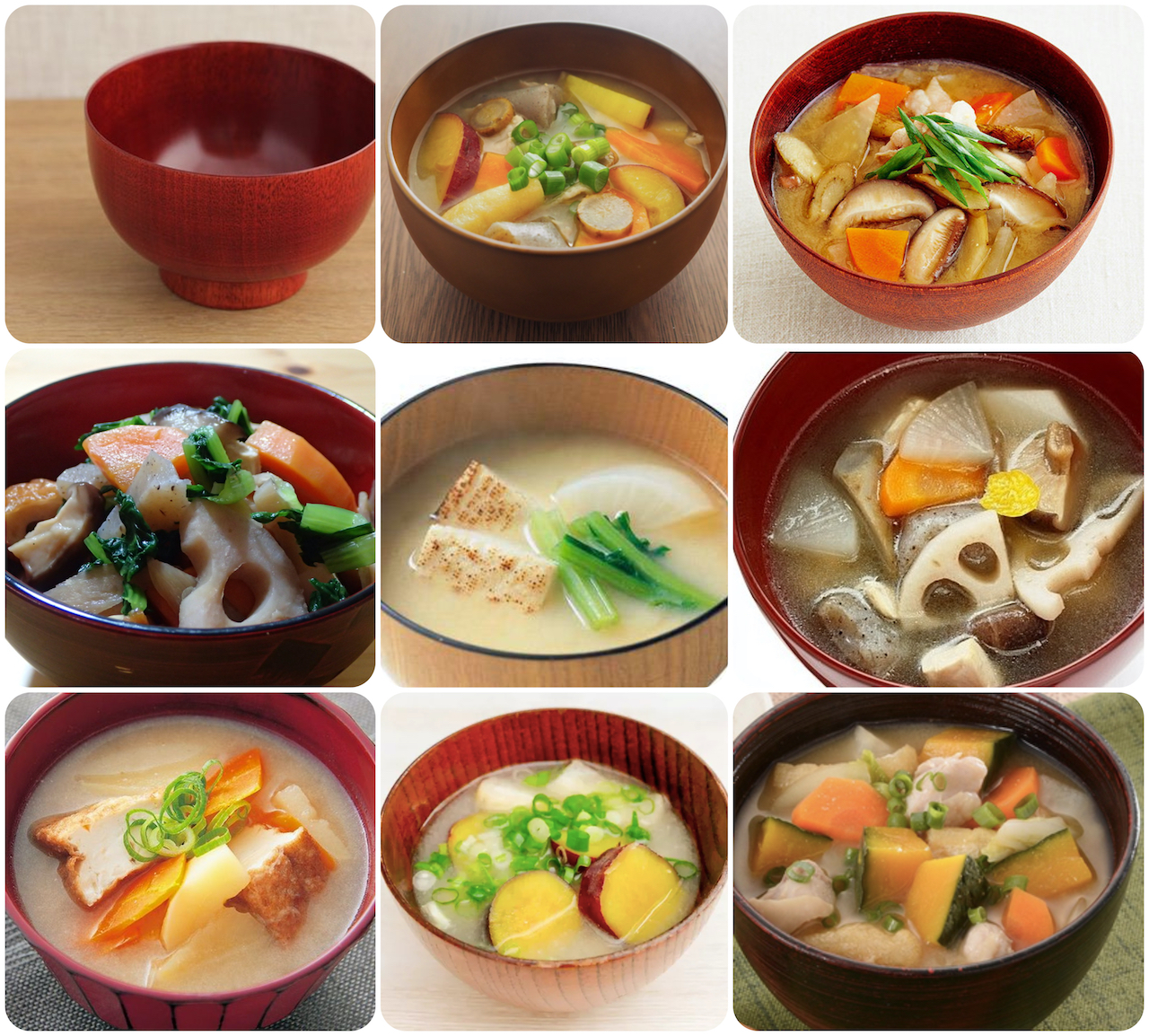
PROJECT Miso Soup
In most Japanese households, miso soup is served daily, often as part of breakfast, though it could just as easily appear at lunch or dinner. Most Japanese have strong regional preferences when choosing what miso to use (details posted to Kitchen Culture blog); the items floating in the miso soup are likely to reflect the season. Year-round, and throughout Japan, many miso soups will include tōfu in some form along with scallions, leeks and/or leafy greens. Another common addition is wakamé (sea vegetable).
Using the recipes below as a point of departure, create your own HOUSE MISO SOUP and share it with us at Kitchen Culture Cooking Club.
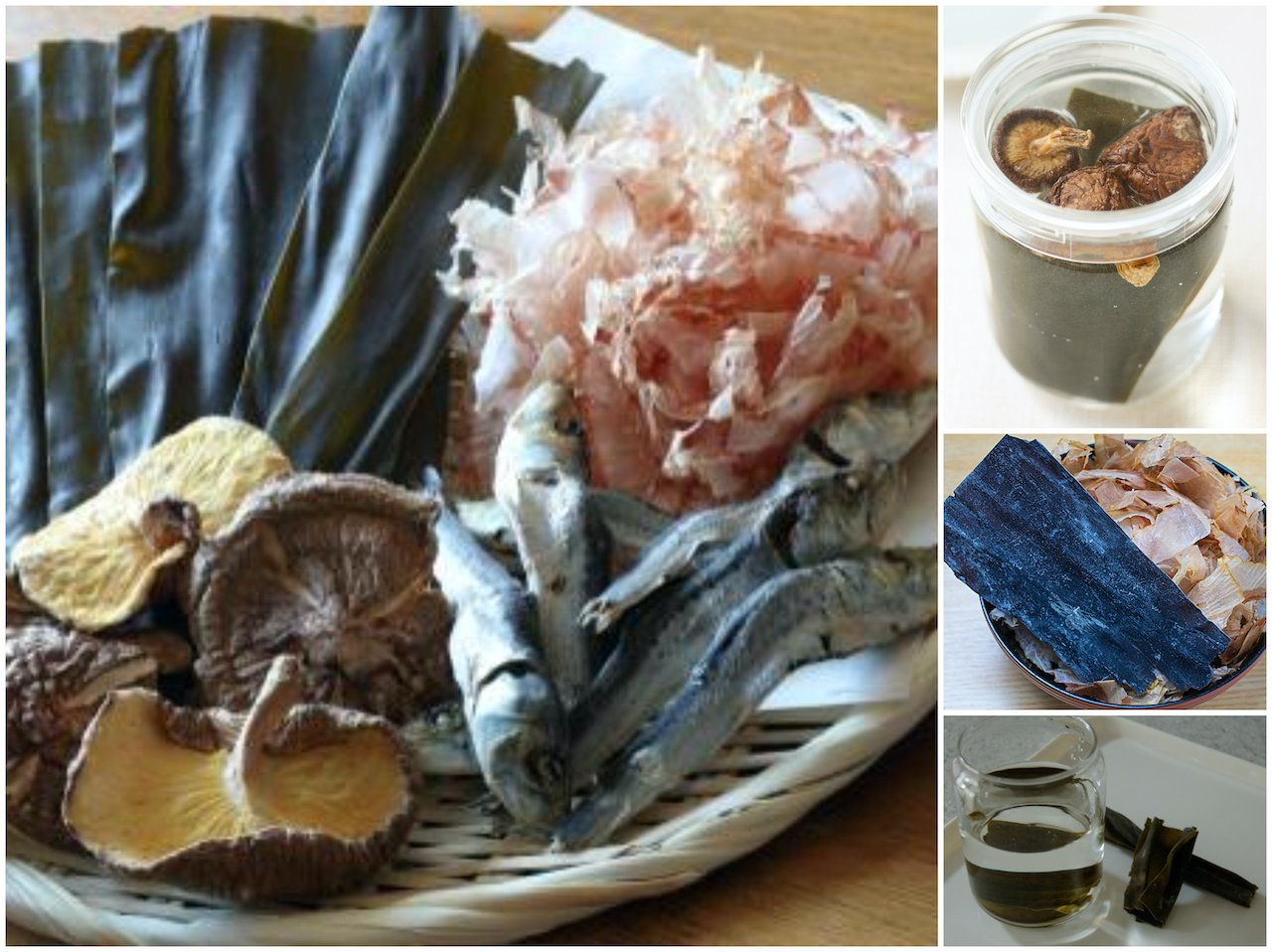
Various STOCKS (dashi)
Good-tasting, good-for-you miso soup is made with home-made dashi stock. Whether you choose to use Standard Sea Stock made with kelp and fish flakes or a vegan broth, Kelp Alone Stock or Sankai Dashi (made with dried shiitake mushrooms and kelp) it takes only a few minutes.
Ordinary Miso Soup
It is the very familiar and ordinary nature of these elements that makes ORDINARY MISO SOUP so reassuring, comforting and nourishing.
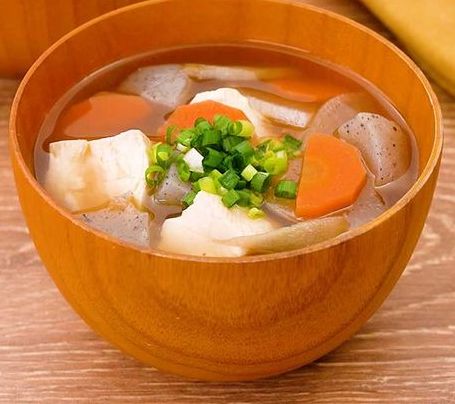
Miso-Enriched Chowder
Often miso soup will resemble a chowder brimming with chunks of root vegetables and hefty cubes of tōfu. Perhaps the best known is kenchin-jiru, credited to be resourceful monks at Kenchō-ji Temple (建長寺) in Kamakura who used scraps from preparing other meals. Nearly every household and casual eatery, too, will serve a similar soup. Some versions will have a clear broth, others will be thickened and seasoned with miso.
Visit my Kitchen Culture blog to learn about MISO and download recipes.
Read my January 2024 newsletter.
Show Us Your Kitchen Project
QUESTIONS? COMMENTS?
Ready to SHARE YOUR KITCHEN PROJECT with others?
KITCHEN CULTURE Cooking Club members, head over to our Facebook Group. Not yet a member? Please join – membership is opt-in and free of charge.
Looking forward to seeing what you’re making in your kitchen…
Recipes and Resources
Stock (Dashi)
Dashi stock is essential to making soups and simmered or stewed dishes. Dashi is also used when making many egg dishes and all sorts of sauces, dips and dressings. Using good dashi will make a noticeable difference in the outcome of so many dishes you prepare.
Click to download recipes for (vegan) Kelp Alone Stock or Standard Sea Stock + Smoky Sea Stock
How to Cook Rice
In Japanese, the word for cooked rice, ご飯 GOHAN, is the same as the word for a meal, ご飯 GOHAN. Indeed rice is central to the meal. Download the Rice with Mixed Grains recipe.
How to Prepare Sushi Rice
Sushi dishes are made with rice that has been seasoned (with sweetened vinegar) AFTER being cooked. Download the Classic Sushi Rice recipe.
Quick Pickles
The Japanese enjoy a wide variety of tsukémono pickles, many can be assembled quickly and are ready to eat within a short time.
Download a recipe for Quick-Fix Hakusai Cabbage.
Project Tonburi
Tonburi, the seeds of the broom plant, are tiny and black-green in color. Because they mimic the appearance and mouthfeel of sturgeon caviar tonburi is often referred to as hataké no kyabia (“caviar of the field”). Akita prefecture in the Tohoku produces most of...
Kakashi Guarding the Fields
Farmers around the world deploy “scarecrows” to guard their crops from undesirable flying, crawling, and burrowing creatures. Japan’s kakashi 案山子 scarecrows that stand guard over rice fields tend to be more whimsical than frightening figures. Above, rice fields in...
Project TAKIKOMI GOHAN
Takikomi-style rice dishes are cooked in a flavorful stock extracted from the ingredient being featured (in this case, MUSHROOMS). Takikomi rice is truly a delicious way to enjoy seasonal bounty. Download a recipe for KINOKO GOHAN to get started. It does, however,...
Project Obon
Project OBON is about eggplant and cucumber cookery. Why eggplants and cucumbers? These vegetables reach their peak of flavor during the summer when Obon is celebrated. And, the vegetables are fashioned into transportation for departed spirits. Eager to begin their...
Like us on Facebook for the freshest content or follow Taste of Culture on Twitter.

